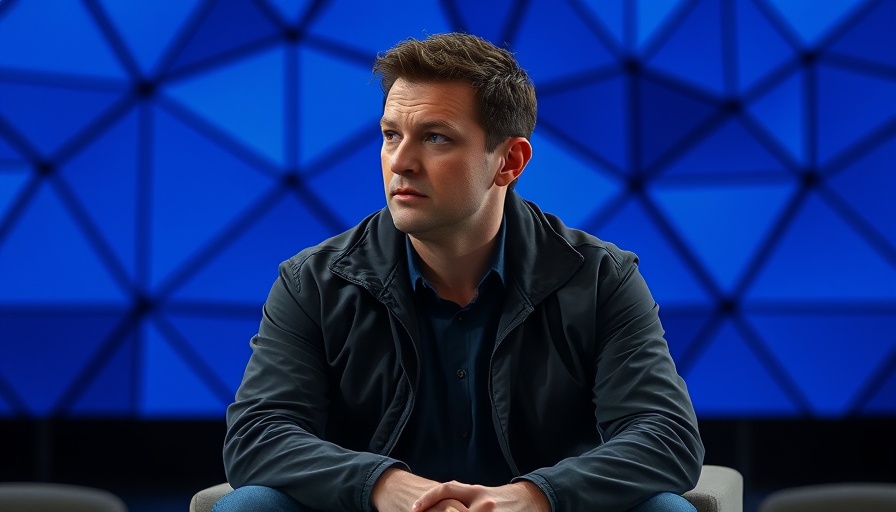
Exploring Humanity's Moral Duty to Pursue De-Extinction
At the forefront of an ambitious frontier in biotechnology, Colossal CEO Ben Lamm recently articulated a provocative stance during his appearance at SXSW. He proclaimed that humanity carries a "moral obligation" to pursue de-extinction technologies, highlighting the company's exploration into reviving species such as the woolly mammoth, dodo bird, and thylacine. This notion raises considerable ethical dialogue and challenges the conservation priorities of our generation.
What Drives Colossal's Ambitious Vision?
Founded on the ideals of utilizing genetic editing technologies, Colossal aims to initiate a "de-extinction toolkit" aimed at restoring lost species to their natural habitats. While the company seeks to cultivate hybrid offspring of the woolly mammoth by 2028, many skeptics continue to express concerns about the feasibility and ethical implications of such projects. Critics including scientists and ethicists question the viability of these de-extinction efforts and argue about the welfare of not just the revived species, but existing ecosystems impacted by such interventions.
The Intersection of Genetic Engineering and Ethics
De-extinction efforts like those envisioned by Colossal push the boundaries of genetic engineering, employing techniques such as CRISPR to potentially create a mammoth-like elephant. While proponents tout the conservation benefits, critics contend that the approach underscores a troubling possibility: an ethical paralysis that allows extinction to proliferate under the guise of future resurrection. As voiced by skeptics in the field, including discussions from Vox and Britannica, de-extinction brings forward a paradox; although it may assist in restoring biodiversity, it could also inadvertently embolden harmful practices leading to species loss.
The Future of Biodiversity: Potential Solutions or Ethical Quagmires?
The conversations surrounding de-extinction extend beyond the scientific community as cultural values and local perspectives influence the discourse. As articulated by various scholars, including voices from the environmental sector, this journey towards de-extinction necessitates a collective and transparent societal dialogue. Should decisions surrounding species resurrection be localized, taking into account historical contexts and ecological footprints, or should they be determined by global scientific communities? The ethical landscape surrounding de-extinction prompts us to reevaluate our relationship with nature and the ethical considerations inherent within our biotechnology ambitions.
As Colossal gathers momentum with its lofty endeavors, society stands at a crucial crossroads. Are we on the path to harnessing the power of genetic engineering for noble causes, or are we entangled in ethical dilemmas prompting more harm than good? It's an essential question that demands critical thought and engagement.
Ultimately, as Lamm asserts a vision of rekindling lost species amidst technological progress, we must ask ourselves: Where does our true moral obligation lie — with reviving extinct creatures or protecting the living heritage contingent upon our ethical stewardship of the planet?
 Add Row
Add Row  Add
Add 




Write A Comment